
How to build a game without spending thousands of euros and hours.
Devlog #0: Game design
May 15, 2025
This is my series of blog posts describing how I built my game Whatajong.
It’s Monday, and my nipples are hard. I’m not aroused, is just cold in February. I open my laptop and a strange screen greets me: “Access denied: This computer is the property of FleibaCorp”. I no longer work there and now my computer is bricked.

Perfect. An excuse to start a side-project from my side-project.
“I will build a game,” I tell myself. “Last time I did, it was awesome.”
But boy, did the world change since then! Games are both easier and harder to build. On one hand, we have better tools, more tutorials, free assets and AI. On the other hand, every hour a new game is released by a 30-something industry veteran who just spent the last four years isolated in a Wisconsin barn writing their own game engine in C++, drawing thousands of gorgeous assets by hand, and composing music with handmade synthesizers.
So before writing a single line of code, I set my constraints:
I won’t spend any money.
I won’t invest more than 200 hours.
Make something fun that sells at least 200 copies.
But then, how does one build something relevant in such a competitive market? After much thought, my conclusion is that one must leverage emergence, or said otherwise, complexity that arises from simple things.
Designing a game at the edge of chaos
Some of the most enduring games have extremely simple rules yet are endlessly deep. Take Go, for example. You can learn it in two minutes but spend a lifetime mastering it. This is because the rules of Go are emergent, a quality it shares with life, and computation.
One of the best ways to understand emergence is through the work of Stephen Wolfram on Cellular Automata. He created 256 tiny programs, each with just 8 rules and a 3-bit input, and observed how they behaved over time. He categorized their behavior into four classes:
Class I: Evolves to a uniform, stable state (order).
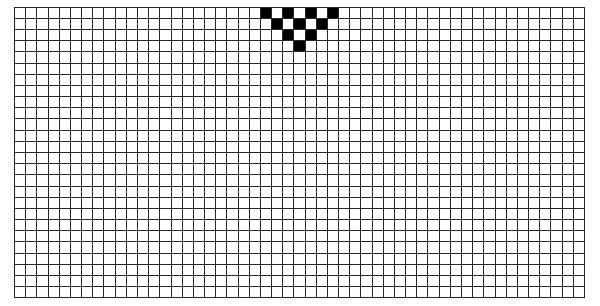
Class II: Evolves into simple, repetitive patterns (periodicity).
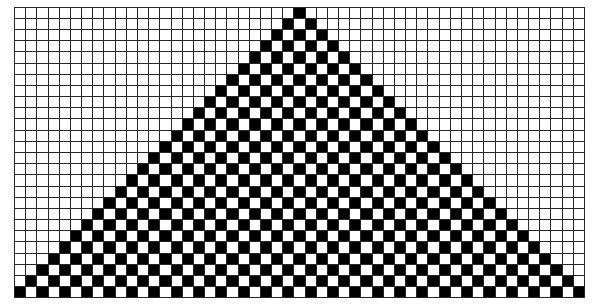
Class III: Evolves into chaotic, random-looking behavior (chaos).

Class IV: Produces complex, localized structures that interact. This is where emergence happens.

Class IV systems sit right at the edge of chaos. Nudge them slightly, and they tip into order or into disorder. It’s the Goldilocks zone where computation, life, and, yes, interesting games emerge.
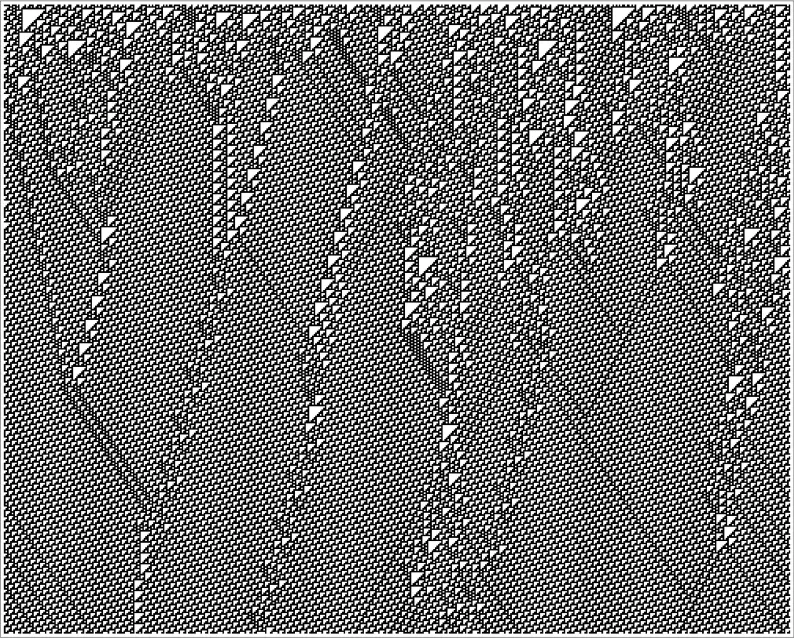
So why is the edge of chaos so special? And what does it have to do with game design Well, let’s first understand what makes a game fun.
What Makes a Game Fun?
Games engage the player by presenting meaningful decisions. It's the designer's job to create tensions within those decisions that feel rewarding to resolve.
“Should I move the Queen now? If I do, my opponent might pressure me and gain tempo. But if I don’t, I might lose control of the center.”
Good games reward good decisions. But in order to make those decisions, the player must be able to predict the outcome. If the future is too predictable, the game becomes boring. If it’s too random, the player feels helpless.
Just like with Cellular Automata, fun lies in the middle, in that sweet spot between order and chaos.
Let’s consider four games and see how they relate to this spectrum:
Class I – Tic-tac-toe: Quickly collapses into predictable patterns. No depth after basic mastery.
Class II – Checkers: Offers more variation but still cycles through common, repetitive structures.
Class III – Snakes and Ladders: Pure randomness. No meaningful decisions, no agency.
CLASS IV – Chess: Balances structure and flexibility. Strategic openings, evolving mid-games, and complex endgames. Chess isn’t Turing-complete, but it’s close. It’s a textbook Class IV system: structured, unpredictable, and full of emergent depth.
Related reading: Planning - The Core Reason Why Gameplay Feels Good.
How did I apply this learning at my game?
When designing a game, I like to start with the core decisions I want the player to make. In Whatajong, the key decision is:
“In what order should I clear the board?”
To make that decision compelling, I built in multiple layers of tension:
Hidden pieces: Some tiles are hidden, so players can't plan with perfect information. They must account for uncertainty.
Repeated tiles: Having repeated tiles creates a tension since there are 2 ways you can pair them. You need to develop heuristics to understand which tiles to clear first.
Points & Time: Players must reach a point goal, encouraging optimization. But there's a time penalty, which discourages exhaustive calculations and pushes players toward heuristics. This solves the Balatro Cursed Design Problem.

Winds: Winds push tiles in one direction. Sometimes this has the side effect of placing a tile on top of its pair, making the board unsolvable. I give wind tiles to the player early because they inject just enough chaos to keep the game on the goldilocks zone.
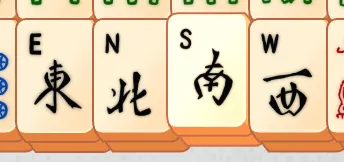
Dragons and Colors: This mechanic drives the scoring engine. Players are rewarded for clearing tiles of a specific color, but sometimes does tiles are not available. This forces players to make decisions on what colors to engage with, and which to sacrifice.
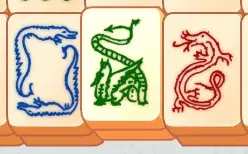
Money allocation: Money spent on one item, is not spent elsewhere. Since you don’t know what the next re-roll or round will give you, you must take decisions based on the limited knowledge you have. It also presents long-term decisions such as what build to pursue to be able to pass the future levels.

Conclusion
If you are building a game, and you are tight on resources (money & time), it’s a good idea to look for emergence. Look for a small set of rules that generate complex decisions. Aim for the edge of chaos: not too random, not too rigid.
This approach will save you countless hours of content creation, asset design, and level building. Just focus on the tensions you want the player to feel, and use the minimum rules required to create them.